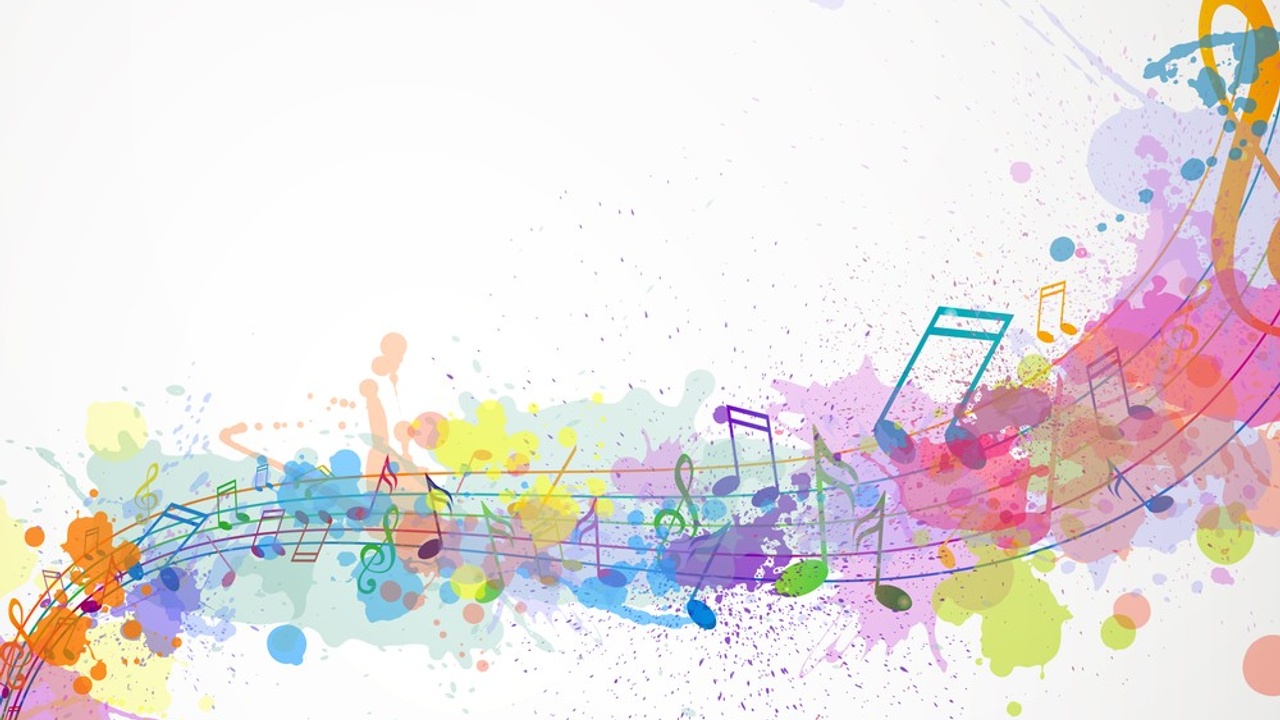
Speaking and singing are so much more closely related than you may know. In today's blog post, I set out to show you a few different musical genres and the ways that diction and melody are connected in order to speak in a dynamic way.
Speak-Sing Your English Pronunciation
Did you know I used to sing? Yes, me – the person who's teaching and talking to you about communicating effectively and improving your accent and American English.
But guess what? My passion for singing and teaching others to communicate effectively are so intricately tied. Communicating your words and thoughts effectively in songs keeps you connected to your audience – as it does in everyday conversations or presentations.
Something in particular that comes in handy when singing and speaking is having the right diction. Now, what is diction exactly?
Diction is the style and clarity with which you pronounce your words. Some synonyms include articulation or enunciation.
It makes a huge difference in your performance as a singer. As a singer, your ability to keep a tune while enunciating well makes it easier for people to hear the lyrics. And we know that when we speak, we hold onto the vowels when we stress syllables and words. The same is true for singing. The vowels get the most attention.
I thought we could look at the relationship between diction and melody in today's post so that you can add the right about of song to your speech to engage your audiences. What'd'ya think?
Last Friday, during my Membership session, we looked at musical genres as a way to improve speech. Did you know that different genres may favor certain diction styles over others?
Let's look at opera music for example. The classic opera singing technique, bel canto, stresses clear diction so the audience can hear each word being sung.
Opera as an art form is a dramatic story told through song. Unlike many other forms of music or songs, operatic music is used to convey the entire story or plot of a drama. Many well-known dramas or plays have been made into operas including Cinderella, Hansel and Gretel, and Romeo and Juliet.
Because the nature of the song is to tell a story, operatic singing requires the singer to use different forms of articulation, known as legato and staccato, to fully pronounce and enunciate words with clarity to convey the story.
Take a look at this clip from The Queen of The Night. Notice how opera singing is part of a dramatic performance? In singing opera, factors like staccato, breath support, and space between the thought units is important for the singer's diction to be clear so the audience can feel each word of the story.
Now let's look at country music. This is an American musical style that originated in the areas of the South and West in the early 20th century and is another style of music where we can observe a unique diction pattern. Country music usually incorporates elements of folk, blues, gospel, rock, and rural dance music, but is usually vocalized generally in simple form and harmony.
In country music, similar to operatic music, the song is important to the singer and also to the listener. The lyrical content is often prioritized over the musical content of the song as the lyrics tell a tale.
The romantic or melancholy ballads in country songs are meant to inspire and evoke certain emotions in the listener as many people find it easy to relate to such experiences.
In other words, country music is designed to tell stories. Just take a look at country singer Morgan Wallen's Chasin' You, you'll notice that he's telling a story. Because this storytelling aspect is so important to the singer and listener, we can observe that the clarity and enunciation of each word is stressed so that people can capture the meaning.
Now let's move to a different genre – rap music. Rap music is a popular style of music that in the US was developed by urban African American performers in the 1970s. Its rhythmic and recurring beat patterns sets the scene for rapid rhyming patterns by the artist.
Rap lyrics depend on timed inflections and only certain ideas or words need emphasis. While the content of rap music is still important and meant to convey a story to the listeners, its purpose isn't to tell a story in the way country music or operatic music does.
Lyrical content is not just favored over musical content. Rap music really relies on the strength of both the words and the beat. But, it's interesting, the melody isn't the focus of rap music. In fact, I think rap is much closer to speech than most other musical genres. Take a listen to Jay-Z's rap in Empire State of Mind, the diction is composed of rhymes and speeds that match the beat.
Ultimately, diction is a fun component of speech to play around with. Now, you can think about how it can be distinguished in songs differently to produce different functions and evoke different reactions in listeners.
By mastering diction, a singer is also matching the musical tones of their voice to the words. Remind yourself the same the next time you speak so you can focus on how you pronounce words while applying melodic shifts in your voice. Then, you can use your speech to evoke different responses from your audience and give clarity to your American accent.
Let's Stay Connected!
Subscribe to The English Communication Confidence Blog so that you can be the first to receive unique ways to polish your advanced English.
We hate SPAM. We will never sell your information, for any reason.




